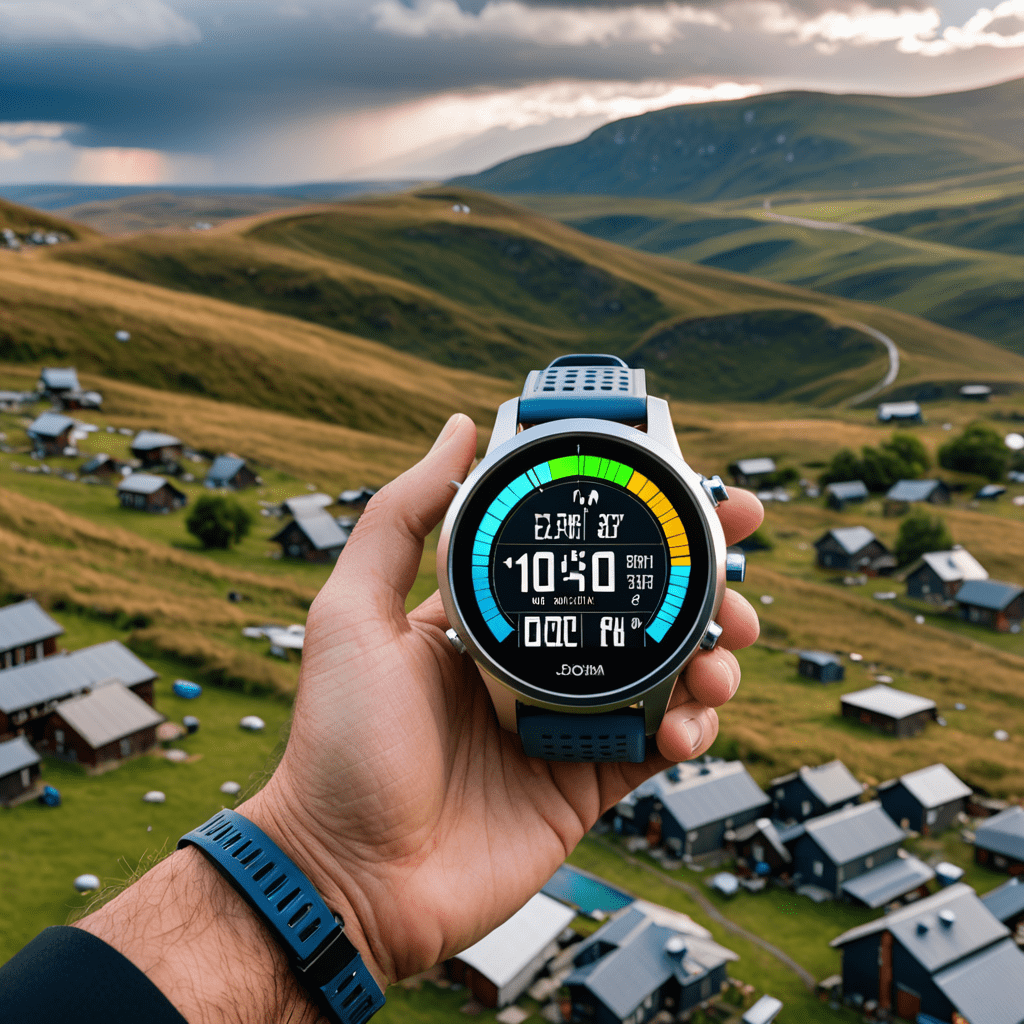
Wearable Tech and Accessibility: Innovations for People with Disabilities
The Intersection of Wearable Tech and Accessibility
In recent years, wearable technology has emerged as a game-changer, especially for individuals with disabilities. This innovative field has paved the way for devices that not only enhance everyday life but also break barriers for people with disabilities.
Assistive Devices Redefined
Traditionally, assistive devices have been bulky and cumbersome, but with wearable technology, these devices are becoming sleek and more discreet, improving not only functionality but also aesthetics.
Incorporating Accessibility Features
One of the most significant advantages of wearable tech for people with disabilities is the seamless integration of accessibility features. From smartwatches with voice command capabilities to fitness trackers with vibration alerts, wearable devices are being designed with inclusivity in mind.
Enhancing Mobility and Communication
Advancements in wearable technology have led to the development of devices that enhance mobility and communication for individuals with disabilities. From smart glasses that provide real-time navigation assistance to wearable speech-generating devices, these innovations are proving to be invaluable for users.
Health Monitoring and Management
For individuals with disabilities, monitoring health and managing medical conditions are crucial. Wearable technology has stepped in to simplify this process, offering features such as continuous heart rate monitoring, medication reminders, and emergency alert systems, empowering users to take control of their health.
Challenges and Opportunities
While wearable tech has opened up new possibilities for accessibility, there are still challenges to overcome. Issues such as affordability, compatibility with existing assistive technologies, and the need for personalized solutions present opportunities for further innovation in this field.
The Future of Accessibility Through Wearable Tech
The rapid pace of innovation in wearable technology brings hope for the future of accessibility. As the industry continues to evolve, we can anticipate even more groundbreaking developments that will further enhance the lives of people with disabilities.
Through the convergence of wearable technology and accessibility, a world of empowerment, independence, and inclusivity is being made possible for individuals with disabilities. As technology advances, the potential for improved quality of life for all individuals continues to expand, making the future incredibly promising.
FAQ – Wearable Tech and Accessibility for People with Disabilities
What is wearable tech for people with disabilities?
Wearable tech for people with disabilities refers to devices designed to enhance accessibility and convenience for individuals with disabilities. These devices can include smart glasses, hearing aids, exoskeletons, and smart clothing that assist with mobility, vision, hearing, and communication.
How does wearable tech benefit people with disabilities?
Wearable tech helps people with disabilities by providing tools to navigate daily tasks more independently. For example, smart glasses can offer visual assistance, exoskeletons can aid with mobility, and smart clothing can provide sensory feedback, all contributing to improved accessibility and quality of life.
What are some examples of wearable tech innovations for people with disabilities?
Some notable innovations include smart canes equipped with navigation systems, hearing aids with Bluetooth connectivity, and wearable devices that monitor vital signs and provide alerts for individuals with medical conditions. Additionally, there are smart gloves that translate sign language into audible speech and smart prosthetics with advanced control features.
How can wearable tech improve accessibility in everyday life?
Wearable tech can enhance accessibility in everyday life by offering features such as real-time audio descriptions for the visually impaired, vibration-based navigation cues for individuals with vision and hearing impairments, and haptic feedback systems that


